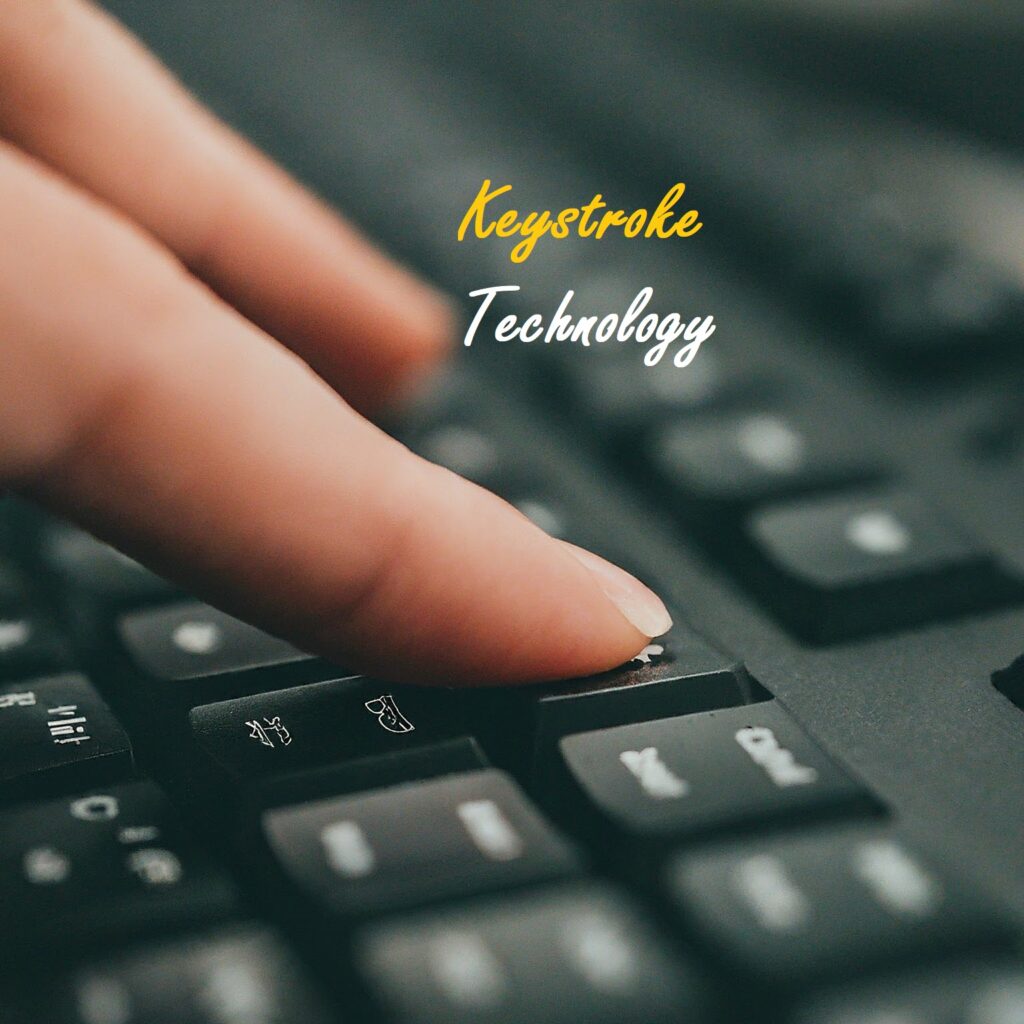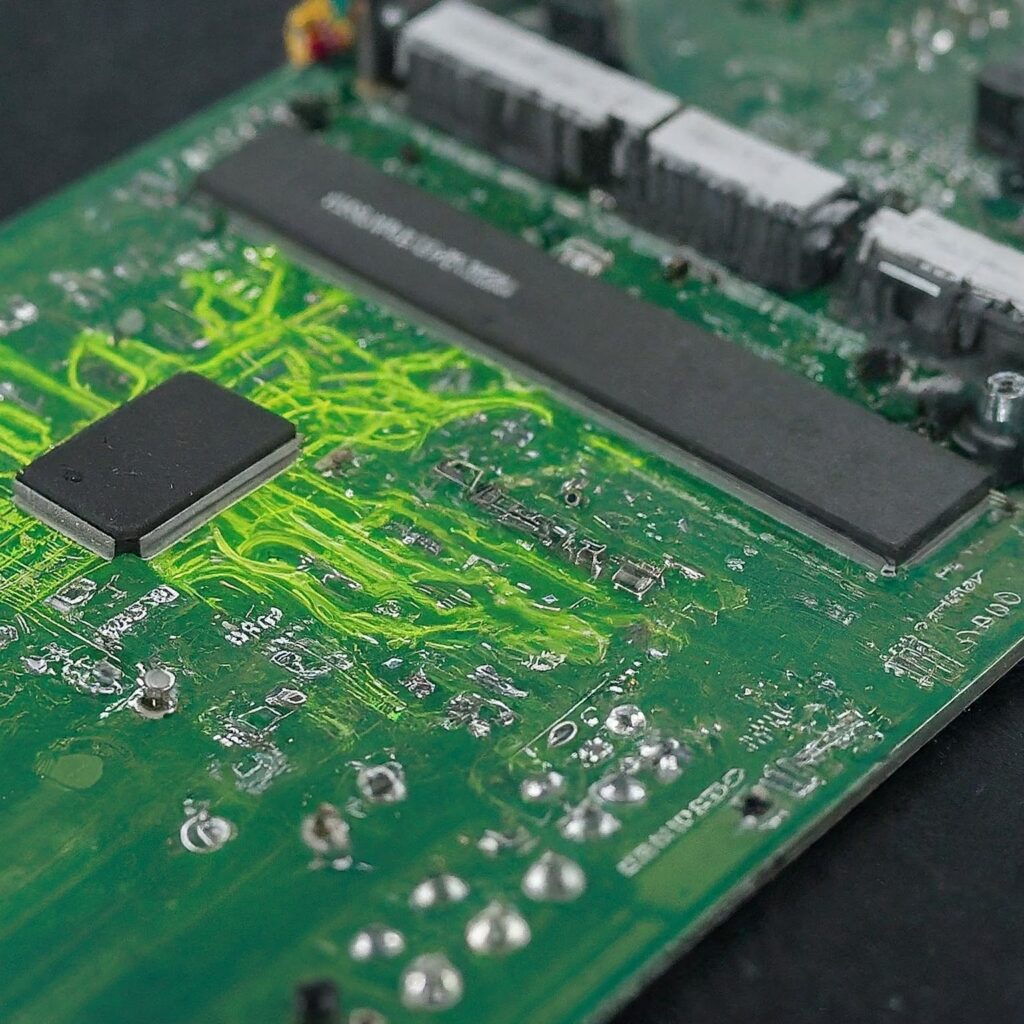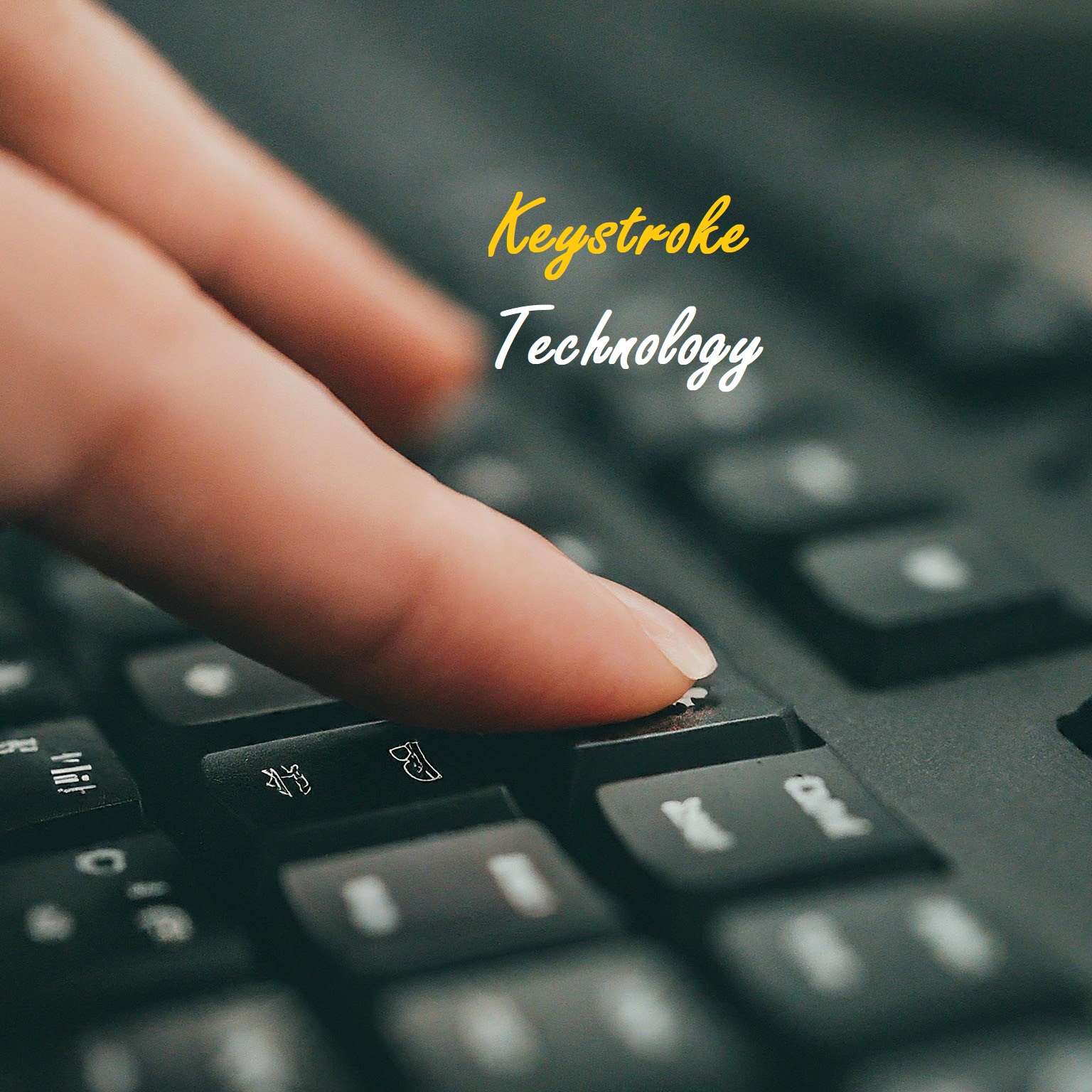Keystroke technology, a critical element in modern computing, encompasses the detection, measurement, and analysis of keystrokes, or the individual taps on a keyboard. It plays a significant role in various domains, from cybersecurity to accessibility, offering unique insights and functionalities. This article explores the fundamental concepts of keystroke technology, its diverse applications, and the security considerations it raises.

Understanding Keystroke Technology
Keystroke technology involves capturing the details of each keystroke, including the key pressed, its position, the duration of the press, and the time intervals between presses. This data can be used to gain insights into user behavior, typing patterns, and even individual identity. Keystroke dynamics, a subset of keystroke technology, analyzes these patterns to create unique user profiles, enabling applications like biometrics and authentication.
Applications of Keystroke Technology
The applications of keystroke technology are diverse, with significant impact across industries. Here are some key areas where this technology is utilized:
- Authentication and Security: Keystroke dynamics can be used as a form of biometric authentication, offering an additional layer of security. By analyzing a user’s typing pattern, systems can identify deviations from expected behavior, indicating possible unauthorized access.
- Accessibility: Keystroke technology supports accessibility tools, allowing individuals with disabilities to interact with computers more effectively. Adaptive keyboards and on-screen keyboards can be tailored to users’ unique needs, enhancing usability.
- User Experience and Usability Testing: Keystroke data helps assess user engagement and interaction with software applications. Developers can use this information to identify usability issues, optimize interfaces, and improve the overall user experience.
- Cybersecurity: In cybersecurity, keystroke technology is used to detect anomalous behavior that may indicate a security breach. Keystroke patterns can reveal attempts to gain unauthorized access or execute malicious code.

Security Considerations
While keystroke technology offers valuable benefits, it also raises significant security concerns. Keylogging, a malicious form of keystroke capture, involves recording keystrokes without the user’s consent. This technique is often used by cybercriminals to steal sensitive information, such as passwords, credit card numbers, and personal data.
To mitigate these risks, organizations and individuals must take steps to protect against keylogging attacks. Common strategies include:
- Anti-Malware Software: Using reputable anti-malware software can help detect and remove keylogging programs from a system.
- Secure Communication Channels: Encrypting data transmitted between devices reduces the risk of interception by keyloggers.
- User Education: Educating users about the dangers of keylogging and encouraging them to practice safe computing habits can significantly reduce the risk of compromise.
Learning Keystroke Technology: A Guide to Resources and Implementation Strategies
Keystroke technology, a fascinating area within the broader field of human-computer interaction, involves tracking, analyzing, and using keyboard input data for various applications. Whether you’re interested in biometric security, accessibility, or user experience design, understanding keystroke technology can open doors to innovative solutions. In this article, we explore where you can learn about keystroke technology and how to implement it in real-world scenarios.
Learning Resources for Keystroke Technology
To grasp the fundamentals and advanced aspects of keystroke technology, there are several learning resources to consider:
Online Courses and Tutorials
Platforms like Coursera, Udemy, and LinkedIn Learning offer a range of courses on related topics such as cybersecurity, human-computer interaction, and biometric technology. While these courses might not specifically focus on keystroke technology, they often cover its principles within broader contexts, providing a solid foundation.
Academic Journals and Research Papers
For those who prefer an academic approach, research journals like the IEEE Xplore and ACM Digital Library contain numerous articles on keystroke dynamics, biometric authentication, and security measures. These resources are ideal for gaining a deep understanding of the latest developments in the field and exploring advanced applications.
Technical Blogs and Websites
Websites and blogs dedicated to cybersecurity, user experience, and biometric technology frequently discuss keystroke technology and its applications. Some popular sites include Security Week, Ars Technica, and Wired. These platforms can offer insights into real-world use cases and emerging trends.

Open-Source Projects
GitHub and other open-source platforms are excellent places to find projects related to keystroke technology. These projects can provide hands-on experience with code and allow you to experiment with keystroke data analysis, authentication algorithms, and more.
Implementing Keystroke Technology
Implementing keystroke technology requires a combination of technical skills and a clear understanding of the intended application. Here are some key steps to guide you through the implementation process:
Define the Application
Before implementing keystroke technology, determine the purpose of your project. Are you developing a biometric authentication system, an accessibility tool, or a cybersecurity solution? Clearly defining the application will help guide your implementation strategy.
Collect Keystroke Data
To work with keystroke technology, you’ll need to collect data. This can be done through keylogging software or custom-built scripts. Ensure that you obtain appropriate consent from users and comply with relevant privacy laws when collecting data.
Analyze and Process the Data
Once you have the keystroke data, analyze it to identify patterns and characteristics relevant to your application. This might involve using statistical methods or machine learning algorithms to detect unique typing behaviors or anomalies.
Develop and Test the Solution
With your data processed, develop the core components of your application. If you’re building an authentication system, implement algorithms to recognize individual typing patterns. For accessibility tools, focus on creating adaptive interfaces. Test your solution extensively to ensure it meets your objectives and is robust against potential security risks.
Ensure Security and Compliance
Given the sensitivity of keystroke data, security is paramount. Implement measures to protect the data from unauthorized access and consider using encryption to safeguard sensitive information. Additionally, ensure compliance with data protection regulations, such as GDPR or CCPA, depending on your region.

Conclusion
Keystroke technology is a powerful tool with a wide range of applications, from enhancing security to improving accessibility. However, it also presents security challenges that must be addressed to ensure safe and secure use. By understanding the capabilities and risks associated with keystroke technology, organizations and individuals can harness its benefits while minimizing potential threats.
Learning keystroke technology requires a combination of academic knowledge and practical experience. By leveraging online courses, research papers, and open-source projects, you can build a solid foundation. To implement keystroke technology effectively, focus on data collection, analysis, solution development, and security compliance. With these steps, you can create innovative applications that leverage the power of keystroke technology.





